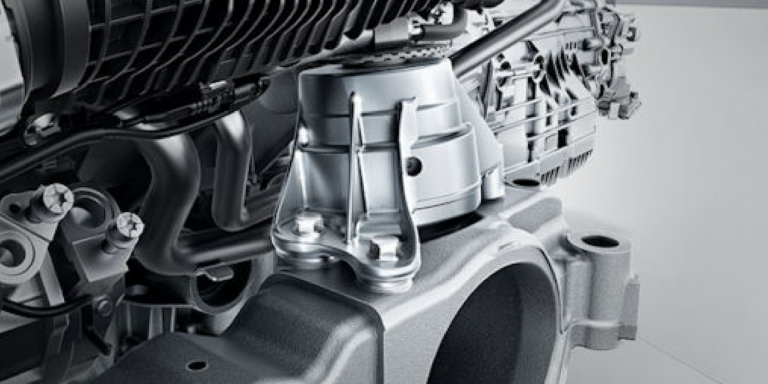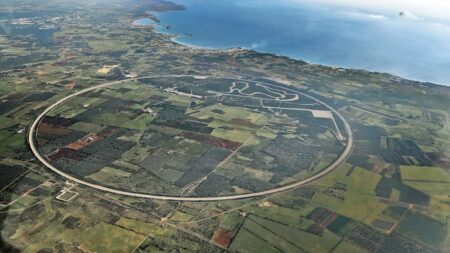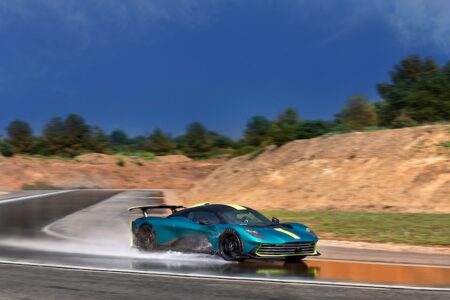The adaptive engine mounts combine effective control of powertrain motion with good attenuation of noise and vibration, improving vehicle stability and interior refinement
To enhance control of the prodigious 604bhp bi-turbo V8 in its 2017 E 63 S model, Mercedes-AMG has decided to implement second-generation Magneto Rheological (MR) powertrain mounts. The adaptive engine mounts, sourced from BWI Group, combine effective control of powertrain motion with good attenuation of noise and vibration, simultaneously improving vehicle stability and interior refinement.
“Unwanted powertrain movement can hamper vehicle handling by intermittently reducing tire contact loads at the road surface, especially during large torque transients or on bumpy roads,” explained Tim Schlangen, BWI Group’s mounts engineering manager. “Vehicle manufacturers sometimes have to compromise suspension settings to account for this, or use stiffer mountings, which introduce undesirable NVH side effects. Our Gen 2 MR mounts use real-time control to provide the optimum damping characteristics at all times, without either of these compromises.”
The first generation of BWI’s MR technology was configured for preventing large transient powertrain events in the frequency range of 2-22Hz from reaching the chassis. The Gen 2 design retains this capability while also providing isolation from smaller amplitude movements in the range of 30-150Hz, which is important for comfort.
The frequency range has also been extended by the inclusion of a decoupler system that creates a secondary path through which the MR fluid can pass when necessary, reducing mount stiffness. Additionally, according to BWI, internal hardware improvements give a faster response and changes in the control software have increased functionality.
The Gen 2 mounts also enable the use of CO2-reduction strategies such as engine downsizing, cylinder deactivation and stop-start, all of which can introduce NVH challenges for conventional, passive powertrain mounts. In the case of the AMG E63 S, the V8 deactivates four of its cylinders at times of low power demand, to give enhanced fuel economy.
“Our adaptive powertrain mounts were successfully applied to the Mercedes-AMG C 63 S launched in 2015,” said Didier Gigandet, BWI Group’s product line manager. “Our team has since introduced the Gen 2 mounts to the market in around half of the time that is expected for such a technology.





